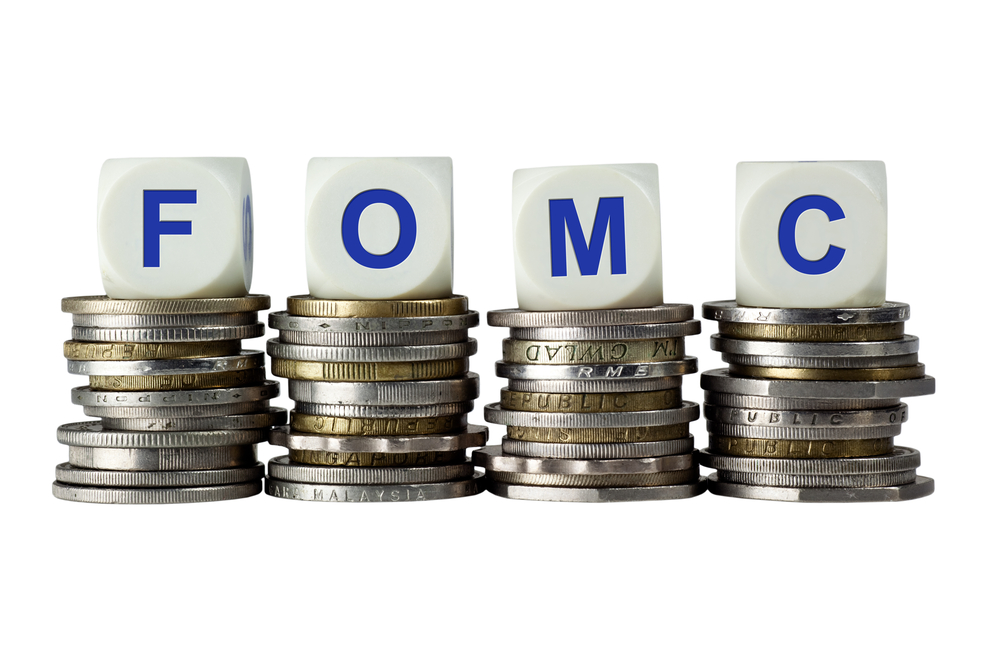What if the Fed Rate Hike Comes Too Soon?

Please note that we are not authorised to provide any investment advice. The content on this page is for information purposes only.
After 271,000 were jobs added in October, US unemployment rate fell to 5.0 percent. Meanwhile, average annual hourly earnings climbed by the most since 2009. As a result, the dollar strengthened and treasuries plunged. The report was a green light for the Fed’s chief Janet Yellen and her deputy Stanley Fisher, who recently held out the possibility of a December rate increase.
After 271,000 were jobs added in October, US unemployment rate fell to 5.0 percent. Meanwhile, average annual hourly earnings climbed by the most since 2009. As a result, the dollar strengthened and treasuries plunged. The report was a green light for the Fed’s chief Janet Yellen and her deputy Stanley Fisher, who recently held out the possibility of a December rate increase.
Nevertheless, US employment suffers from structural deceleration, which will force the Fed to normalize slowly and gradually. Moreover, old tensions loom in the new labor markets. While only 4.4 percent of whites were unemployed, the figure was higher for Latinos (6.3 percent) and blacks (9.2 percent). After half a century of civil rights struggle, black Americans remain twice as likely to be unemployed as whites.
According to the alternative employment figure, which includes both the jobless and part-time employed, 11 percent of the US labor force is without a steady job, while the labor force participation rate remains at 62.4 percent — the same as in the 1970s.
The global prospects of a premature rate hike look even worse.
Dark history
Since the 1980s, the Fed’s monetary tightening has consistently reduced employment and output far more than the Fed anticipated, while causing huge collateral damage across the world. In the early 1980s, the Fed’s then-chief Paul Volcker resorted to harsh tightening that devastated US households. In much of Latin America, it resulted in a “lost decade” as growth plunged from 7 to -3 percent.
In the late 1980s, Alan Greenspan’s rate hikes undermined the struggling S&Ls (savings and loans associations), forcing Washington and state governments to bail out insolvent institutions.
In the early 1990s, Greenspan again seized tightening but soon reversed his decision, which undermined expansion. In the first case, global growth decelerated to less than 1 percent; in the second, it plunged to 0 percent and then to -4 percent in developing nations.
In 2004-2007, Greenspan and Ben Bernanke seized tightening, which led to the Great Recession, while contagion spread across Europe and Japan. In low-income economies, growth stayed at 5-7 percent, largely thanks to China’s growth and stimulus package.
Extraordinary global vulnerability
Today, however, the world economy is more fragile than ever since World War II. Despite cyclical recovery, zero-bound rates and quantitative easing sustain Europe’s growth. In Japan, Abenomics has contained contraction but not stagnation.
As the Chinese economy is rebalancing, it cannot boost global growth as before. India’s prospects have brightened in the Modi era, but growth remains below potential. In addition, while Russia suffers from the West’s misguided sanctions, Brazil’s contraction has worsened.
Premature rate hikes could fuel the US dollar’s sustained appreciation, which will contribute to external crises in emerging economies with soaring foreign currency debt and sharp exchange rate depreciations.
Since oil and commodities remain denominated in dollars, a premature hike may cause low-income resource producers to suffer a triple-whammy — growth contraction, dollar pressures, and exports decline.
Without traditional defenses
Internationally, the aftermath of the Great Recession has forced major central banks in the West to live with zero-bound interest rates. Consequently, premature hikes will occur at a time when these banks lack most of their traditional defenses.
The Fed’s actions have global consequences, but no mandate for international accountability. What the world desperately needs is truly global governance and a basket of multiple reserve currencies.
As China will soon host the G20 meetings and the IMF will discuss the role of renminbi as an international currency, change is in the air. Meanwhile, misguided Fed decisions could contribute to a potentially huge storm, which we all must face without lifeboats.
Premature Fed hikes could cause global collateral damage is republished with permission from The Difference Group




